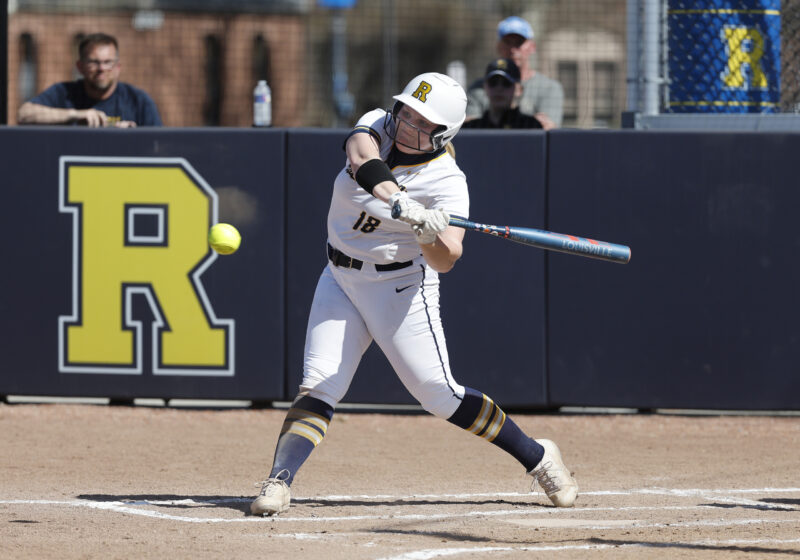Recently, two candidates running for Students’ Association (SA) President brought up the cost of getting “MERTed.” They said wanting to reduce this cost as a priority issue for their administration. The problem is, no one, ever, in the 45-year history of the River Campus Medical Emergency Response Team (MERT), has paid a dime for the treatment that they received from MERT. Any costs associated with treatment come from an ambulance ride, not from care provided by MERT.
Let’s get into some details. MERT is a New York State certified Basic Life Support First Response Agency. That is a bunch of technical words meaning we carry all of the same equipment and supplies as an ambulance does. Our crews also have the same level of training, but we are not legally allowed to transport patients to the hospital.
So, if a patient requires transport to the hospital, we call American Medical Response (AMR) to transport the patient. AMR, like most other ambulance companies in the nation, bills the patients that they transport to the hospital based on a number of factors. These factors include how far they have to drive to the hospital, what medical treatments they provide, crew wages, and other costs that are required for them to turn a profit. In short, when people pay any money after being “MERTed,” they are paying AMR—not MERT.
Why then does MERT exist? What is it that we do? As students, MERT members are located on campus and know the campus better than AMR, allowing us able to respond faster. During this academic year, it took AMR 13.33 minutes on average to get to a call. It only took MERT 6.09 minutes on average. That extra time enables MERT members to start providing care to patients sooner. Furthermore, about 45 percent of our patients this school year only required the free treatment provided by MERT.
But how does MERT provide this free service? It starts with our members.
Despite the rumors, no member has ever been paid to be on MERT. All 71 of our volunteers take shifts to provide care to the University. Every night, from 8 p.m. to 8 a.m. during the academic year, a three member MERT crew is on duty to respond to any call on University property. In addition, members respond to most calls during the day.
Being able to provide this coverage requires a lot of training. All MERT members are required to have their EMT certification, just like AMR. To get this certification, we must participate in 300 hours of class, labs, and exams. Most of our members do this training on top of their full college course load as well. MERT members are also required to update their certification as local and state protocols change. After passing the class, MERT members must go through a six to twelve month clearing process during which they have to show competency in a range of clinical skills. All of this is done without any financial compensation, allowing MERT to not charge patients.
So MERT doesn’t charge, but people still pay money—how does this happen? Every time MERT receives a call, we are required to send someone to respond. Once MERT arrives on scene, we become legally responsible for the patient. Not only are we treating the patient’s ailments, but we are also assessing their ability to take care of themselves after we leave. If the patient is over the age of 18, conscious and alert, oriented to their situation, able to read and understand a form, mentally competent, and not a threat to themselves or others, they are able to refuse transport to the hospital. People who do not meet these criteria must be transported via ambulance. It is this ambulance ride that costs money.
The decision to transport a patient is not made to punish them, but rather to make sure that they have their medical problems clinically diagnosed and addressed. The legal liability is on the crew chief to make sure that the patient is safe. If the crew chief does not get the patient to a higher level of care, they could face legal ramifications, such as losing their certification, fines, or even jail time.
We hope to never send a patient to the hospital, but sometimes it is what has to be done to get patients the care they need. Oftentimes, before we call an ambulance, we discuss what this decision means for the patient, including the cost of an ambulance ride. When possible, we offer alternatives such as having Public Safety drive them to the hospital. But if someone is having a true medical emergency, their health and safety come first.
Unfortunately, the cost of an ambulance ride is beyond the control of MERT, the SA Government, and University administration. But MERT members volunteer their time every single day to reduce the cost of emergency medical treatment on campus. Under the new SA leadership, we want to collaborate with the SA Government and the University to ensure that people receive affordable care, starting with the free response they get from MERT.





